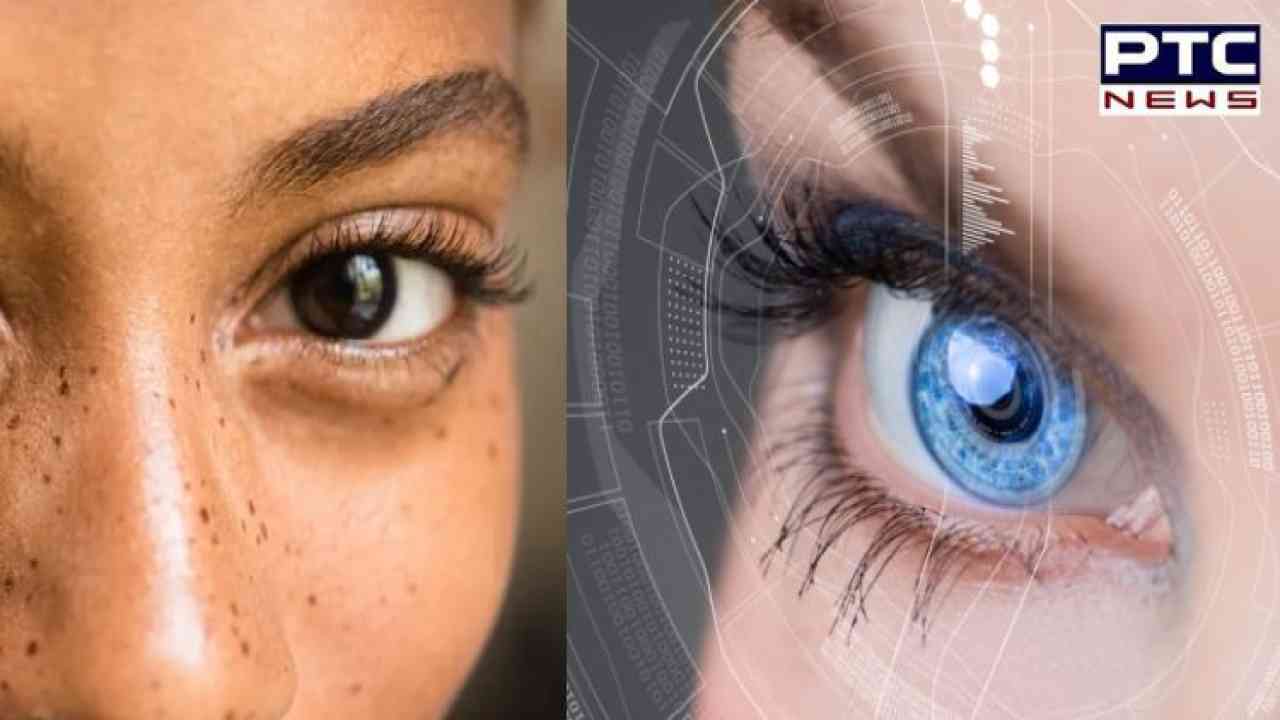

Optical Illusions: Study shows how human eyes play 'tricks' on minds
Washington (US), May 10: Human visual system can 'trick' the brain into making inaccurate assumptions about the size of objects in the world around them, suggest a new study.
The findings were reported in the journal PLoS ONE. The study's findings could have an impact on many parts of daily life, including driving, how eyewitness reports are handled in the criminal justice system, and security issues like drone sightings.
The University of York and Aston University researchers showed participants images of full-scale railway scenes with the upper and lower parts of the image blurred, as well as photographs of small-scale railway models that were not blurred.
Participants were given instructions to compare each image and determine which was the 'real' full-scale train scene. As a result, participants evaluated the blurred real trains to be smaller than the models.
"In order for us to determine the real size of objects that we see around us, our visual system needs to estimate the distance to the object," Dr Daniel Baker, from the University of York's Department of Psychology, said.
"To arrive at an understanding of absolute size it can take into account the parts of the image that are blurred out - a bit like the out-of-focus areas that a camera produces - which involves a bit of complicated mathematics to give the brain the knowledge of spatial scale."
"This new study, however, shows that we can be fooled in our estimates of object size. Photographers take advantage of this using a technique called 'tilt-shift miniaturisation', that can make life-size objects appear to be scale models."
The findings show that the human visual system is highly flexible, capable of correct size perception by using what is known as 'defocus blur,' but also susceptible to other influences and incapable of making sense of real-world item size.
"Our results indicate that human vision can exploit defocus blur to infer perceptual scale but that it does this crudely," Professor Tim Meese, from Aston University, said.
"Overall, our findings provide new insights into the computational mechanisms used by the human brain in perceptual judgments about the relation between ourselves and the external world."
Also Read: Woman kills mother-in-law with frying pan, caught on CCTV as husband watches
- ANI
